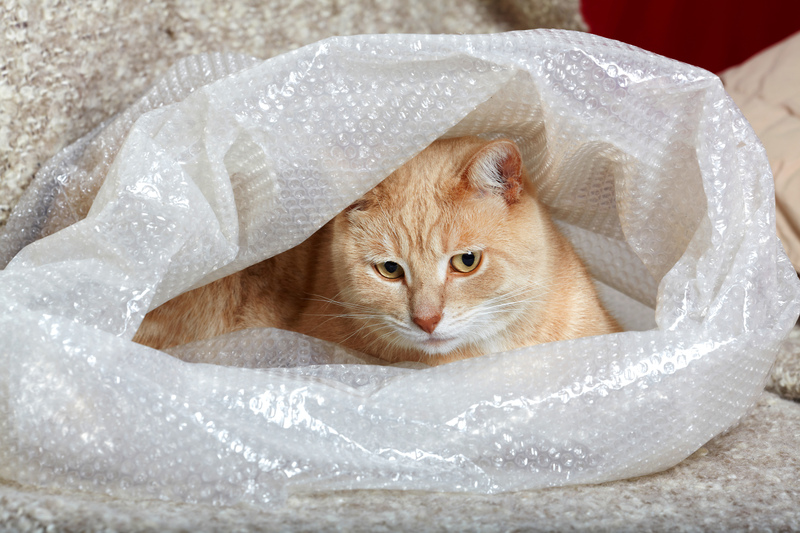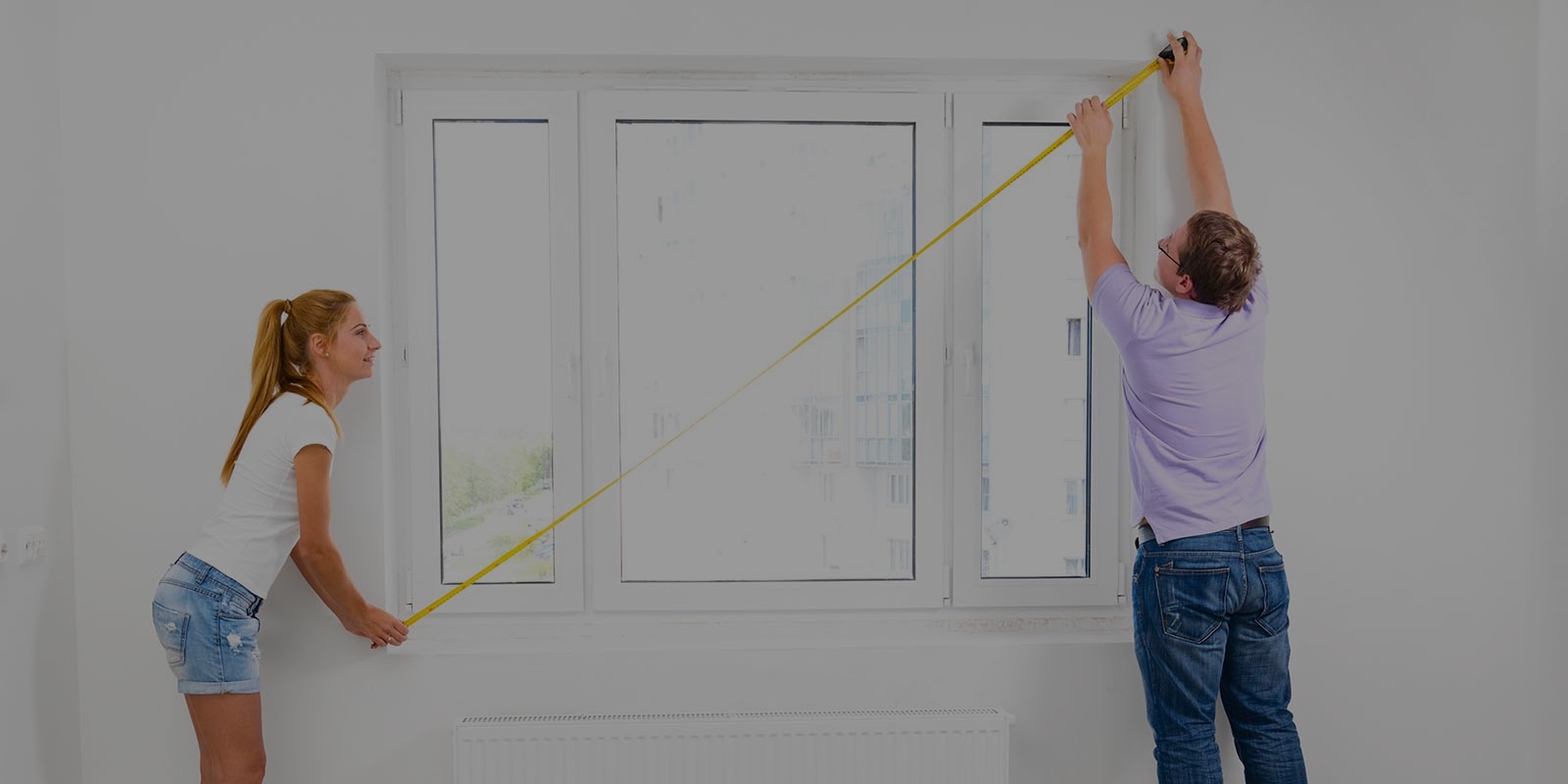Enhance Sofa Longevity: Essential Storage Insights
Posted on 17/05/2025
Enhance Sofa Longevity: Essential Storage Insights
Are you looking to extend the lifespan of your beloved sofa? Whether you've invested in a luxurious leather couch or a cozy fabric settee, proper storage and maintenance are key factors in ensuring your furniture remains functional and attractive for years to come. In this comprehensive article, we'll explore tried-and-true methods and storage insights that will help you enhance sofa longevity, protect your investment, and maintain your comfort zone.
Why Sofa Longevity Matters
Your sofa is more than just a piece of furniture--it is the heart of your living room, a place where family and friends gather, and a sanctuary for relaxation. Investing in furniture longevity translates to cost savings, environmental responsibility, and enhanced aesthetic value within your home.
- Cost-Efficiency: Extending your sofa's life means fewer replacements, saving you money in the long run.
- Sustainability: Reducing the frequency of replacement reduces waste and conserves resources.
- Consistent Comfort: Maintain the comfort level you love, minimizing sagging and wear.
- Style Retention: Keep your decor intact by avoiding mismatched new pieces.

Common Causes of Sofa Damage
Understanding the typical threats to sofa durability is the first step in protecting it. Here are some prominent factors:
- Sunlight Exposure: Prolonged direct sunlight can cause fabric fading, color distortion, and leather drying.
- Humidity and Temperature: Fluctuations in humidity or temperature can warp frames and encourage mold growth.
- Poor Storage Practices: Inadequate storage can lead to dust accumulation, pest infestations, and physical damage.
- Improper Cleaning: Using harsh chemicals can deteriorate upholstery materials over time.
- Heavy Usage: Overloading or improper use can strain joints and cause premature sagging.
Essential Storage Insights for Sofa Longevity
Proper storage is more than just tucking your sofa away when not in use. It involves strategic planning, preparation, and vigilance. Let's delve into actionable storage insights designed to prolong your sofa's life.
1. Choose the Right Storage Environment
Location matters. A climate-controlled, well-ventilated storage area is ideal for preserving your sofa's integrity. Avoid basements and garages prone to temperature extremes and moisture buildup.
- Climate Control: Opt for facilities or rooms that maintain stable temperatures (ideally 60?F - 70?F) and humidity (around 40-50%).
- Dry Floors: Ensure your storage space is free from leaks and flooding risks.
- Adequate Ventilation: Prevent musty odors and moisture accumulation with good air circulation.
2. Clean Your Sofa Thoroughly Before Storage
Grime and stains left unattended may become permanent. Follow these steps:
- Vacuum: Remove all surface dust, crumbs, and debris using a gentle vacuum attachment.
- Spot Clean: Treat specific stains with appropriate upholstery or leather cleaner. Do a patch test first.
- Dry Completely: Let the sofa dry completely to prevent mold or mildew during storage.
3. Disassemble and Protect Components
If possible, disassemble removable parts like legs, cushions, or armrests. Wrap each part individually:
- Plastic Wrap: Use breathable covers or moving blankets to avoid trapping moisture.
- Bubble Wrap: For delicate wood or glass accents, use bubble wrap for added protection.
- Labeling: Mark and store screws or bolts in a labeled bag for easy reassembly.
4. Elevate Your Sofa Off the Ground
Placing your couch directly on the storage floor exposes it to potential water damage and pests. Elevate it using:
- Pallets or Blocks: Raise the sofa to prevent direct contact with the ground.
- Furniture Sliders: These can help with both elevation and easy positioning within the space.
5. Use Proper Covers and Protective Layers
Store your sofa under breathable, non-plastic covers to shield it from dust, dirt, and pests while allowing air circulation. Avoid airtight plastic sheets that trap moisture and encourage mildew. If storing for longer periods, check specialized furniture storage covers that offer protection against UV, dust, and pests.
6. Avoid Stacking Heavy Items on the Sofa
Many people make the mistake of maximizing storage space by stacking boxes or other items atop their sofa. This can warp cushions, frames, and fabrics. Always give your sofa its own space within the storage unit.
7. Regularly Inspect Your Stored Sofa
Even when properly stored, your sofa needs periodic checks. Look for signs of moisture, pests, or fabric damage and intercept issues early. If possible, rotate the position of the sofa within storage every few months to avoid prolonged pressure points.
Daily Maintenance to Extend Sofa Longevity
Your efforts shouldn't stop at storage. Ongoing maintenance practices keep your sofa in peak condition, whether at home or in storage:
- Vacuum Weekly: Accumulated dust and dirt can abrade upholstery fibers and introduce allergens.
- Rotate Cushions: Evenly distribute wear by flipping and rotating seat and back cushions regularly.
- Use Arm Covers and Throws: Protect high-contact areas from sweat, spills, and body oils.
- Promptly Clean Spills: Address liquids and stains immediately to prevent permanent damage.
- Sunlight Protection: Keep the sofa away from direct windows or use UV-protective covers/curtains.
Proper Placement for Sofa Survival
Where you place your sofa within your living environment matters as much as storage. Even at home, avoid these pitfalls:
- Near Heating/Cooling Vents: Drastic temperature swings can dry leather or crack wood framing.
- Against Damp Walls: Prolonged exposure to moisture can compromise structure and encourage mold.
- Direct Sunlight: Overhead skylights or exposed windows can rapidly fade fabrics.
Special Considerations for Different Sofa Types
Not all couches require the same care. Tailor your storage and care approach based on the material:
Fabric Sofas
- Pre-Treat Fabric: Use a fabric protector spray before storage to repel moisture and stains.
- Moth Prevention: Place cedar balls or sachets to deter pests commonly attracted to textile fibers.
Leather Sofas
- Clean with Specialty Products: Use leather cleaner and conditioner before storing, as untreated leather dries and cracks.
- Avoid Plastic: Leather needs to breathe; cover with cloth rather than plastic sheeting.
Sectionals and Recliners
- Disassemble If Possible: Take apart connectable pieces for safer storage and transport.
- Check Mechanical Parts: For recliners or adjustable sofas, ensure moving parts are lubricated and free from debris before storage.
Smart Storage Extras: Bonus Insights for Extended Sofa Life
- Dehumidifiers: Use a dehumidifier in your storage area to maintain optimal humidity levels and curb mold or mildew growth.
- Pest Repellents: Natural pest repellents (like cedar) can safeguard against insects.
- Furniture Insurance: Consider insuring valuable pieces during extended storage or moving periods.
- Data Logging: Smart sensors can alert you if storage conditions (humidity, temperature) go out of range.
Signs That Your Sofa Needs Professional Attention
Despite your best efforts, some issues require expert intervention. Know when to call in specialists:
- Severe Odors: Persistent musty smells could indicate deep mold or mildew--professional cleaning is advised.
- Structural Weakness: Squeaks, wobbling, or visible frame damage may need a furniture restorer.
- Upholstery Damage: Rips, tears, or holes are best handled by upholstery professionals to maintain value.
Frequently Asked Questions about Sofa Storage and Longevity
How do I protect my sofa from dust in storage?
— Use a breathable fabric cover or moving blanket. Avoid plastic wraps that could trap moisture and lead to mold or mildew.
How should I store a sofa long-term?
— Clean and dry the sofa thoroughly, disassemble if possible, wrap in protective coverings, elevate off the floor, and choose a climate-controlled storage area.
Can I stack items on my sofa in storage?
Never stack heavy items on your sofa. This can damage the frame and upholstery, leading to long-term structural issues.
How much ventilation does my storage space need?
— Ample ventilation prevents musty odors and excessive moisture. Ideally, aim for regular airflow to disperse humidity and maintain quality upholstery conditions.

The Role of Routine Refreshing in Sofa Longevity
Even in storage, refresh your sofa by uncovering it every few months, shaking out or brushing covers, and checking for developing issues. This hands-on approach ensures lingering problems are swiftly resolved and keeps your furniture ready for immediate use whenever needed.
Conclusion: Protect, Preserve, and Prolong with Essential Storage Insights
Enhancing sofa longevity is not a matter of luck--it's about consistent, informed care and smart storage practices. By following these essential storage insights, you not only safeguard your sofa's appearance but ensure its comfort and value for years to come.
From selecting the right environment to regular at-home maintenance, each step you take--the more proactive, the better--translates to longer life for your cherished centerpiece. Don't forget to periodically inspect and refresh your storage areas, adapting your approach as needed for your unique furniture and environment.
With these sofa storage tips at your fingertips, relish in the peace of mind that your investment is thoroughly protected and primed for many more years of service and style.







